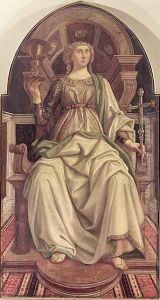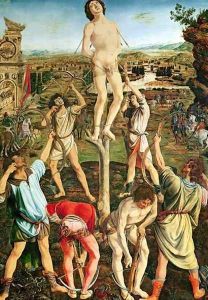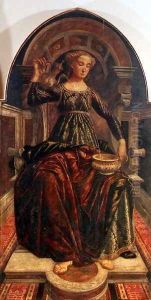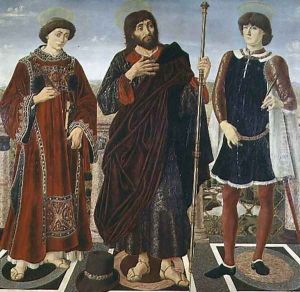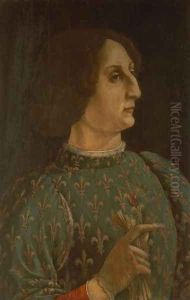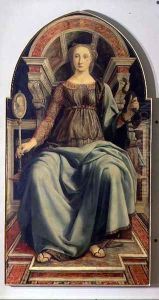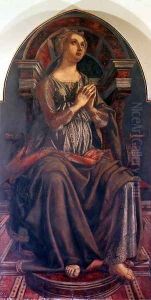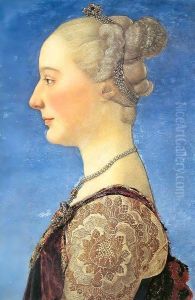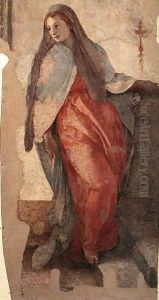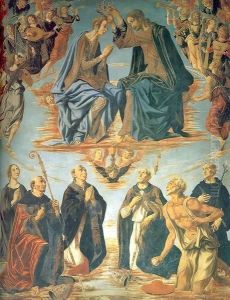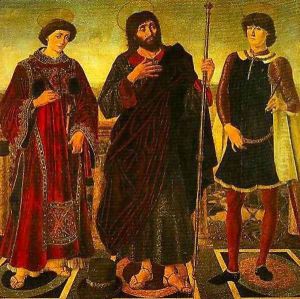Piero del Pollaiolo Paintings
Piero del Pollaiolo, also known as Piero Benci, was an Italian Renaissance painter and engraver, notable for his contributions to the Florentine school of art. Born in Florence, Italy, in 1443, Piero was the brother of Antonio del Pollaiolo, with whom he often collaborated, leading to some challenges in attributing specific works to one brother or the other. The Pollaiolo brothers were known for their detailed exploration of human anatomy, movement, and emotion, which was innovative for their time. Piero, in particular, was acclaimed for his precision in drawing and a keen eye for detail, which were evident in both his paintings and engravings.
Piero's work encapsulates the transition from the early to the high Renaissance, demonstrating a shift towards more dynamic and anatomically accurate figures. His paintings often depicted mythological and religious themes, characterized by vibrant colors and intricate landscapes. One of his most famous works is the 'Martyrdom of Saint Sebastian', which showcases his mastery in depicting the human body in tension and pain, a theme that was quite popular during the Renaissance.
Despite his accomplishments in painting, Piero del Pollaiolo was also a pioneer in the field of engraving, contributing significantly to its development as an art form during the Renaissance. His engravings are celebrated for their complexity and precision, offering a detailed insight into the artist's fascination with the mechanics of the human body.
Piero's influence extended beyond his lifetime, contributing to the evolution of Italian Renaissance art. His works are preserved in some of the world's most renowned museums, where they continue to be studied and admired for their innovative approach to depicting the human form and the natural world. Piero del Pollaiolo died in Rome in 1496, leaving behind a legacy that continues to influence the realms of painting and engraving.
